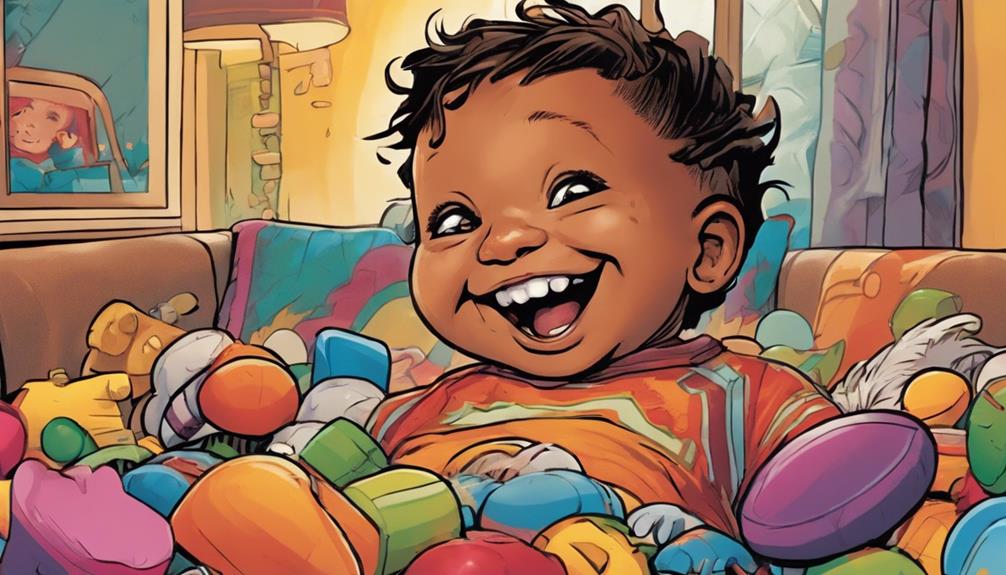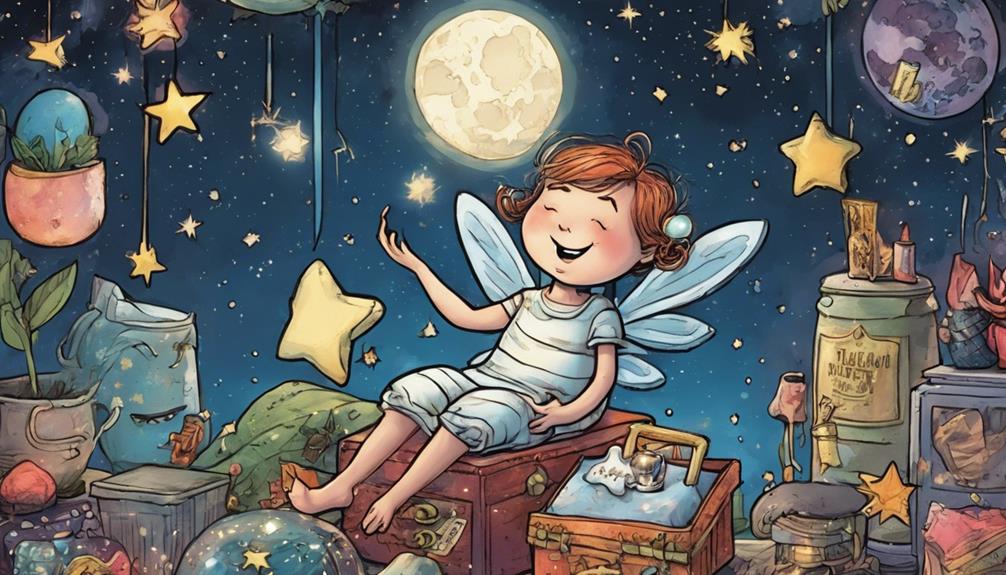Most kids start losing their baby teeth around age 6, but it can happen as early as 4 or as late as 7. You'll usually see the lower central incisors go first, followed by the upper ones. Each child is different, and factors like genetics and dental health can influence the timing. It's perfectly normal to experience some excitement—and a bit of anxiety—about loose teeth. Keep up with brushing and make regular dental visits to monitor progress. There's a lot more to know about this fascinating stage of development that you might find interesting.
Key Takeaways
- Most children begin losing baby teeth around age 6, but it can start as early as age 4 or as late as age 7.
- The first teeth to fall out are usually the lower central incisors, followed by the upper central incisors.
- Lateral incisors typically fall out between ages 7 and 8, while canines are lost between ages 9 and 12.
- Genetics and overall dental health can influence the timing and order of tooth loss among children.
Age of First Tooth Loss
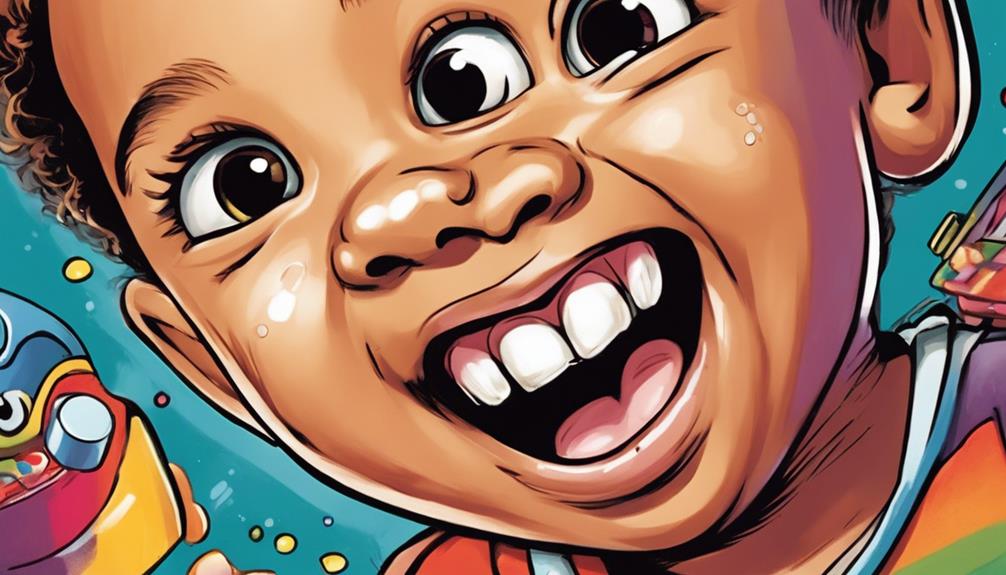
Most kids start losing their baby teeth around age 6, but some might lose their first one as early as 4 or as late as 7. This age gap can vary widely among children, so don't worry if your child's timeline is different from their peers. When your child loses their first tooth, it's a significant milestone, marking the shift to permanent teeth.
As you navigate this phase, it's important to maintain proper oral hygiene. Encourage your child to brush their teeth twice a day and floss regularly to keep their gums healthy. Losing baby teeth is a natural process, and it indicates that the roots are dissolving as the permanent teeth begin to emerge.
The timing of tooth loss can be influenced by several factors, including genetics and overall dental health. Make sure your child visits the dentist regularly to monitor their dental development. This way, you can address any issues before they become problematic.
Order of Tooth Loss

Understanding the order in which baby teeth fall out can help you anticipate what to expect as your child starts this exciting phase of dental development.
The first baby teeth to go are typically the lower central incisors, which usually fall out between ages 6 to 7. Soon after, the upper central incisors follow suit, generally around the same age.
Next in line are the lateral incisors, often lost between ages 7 and 8. As your child approaches ages 9 to 12, they'll begin losing their canines, which typically fall out during this period.
The first molars usually join the party between ages 9 and 11, making way for the adult teeth to come in.
Factors Influencing Tooth Loss
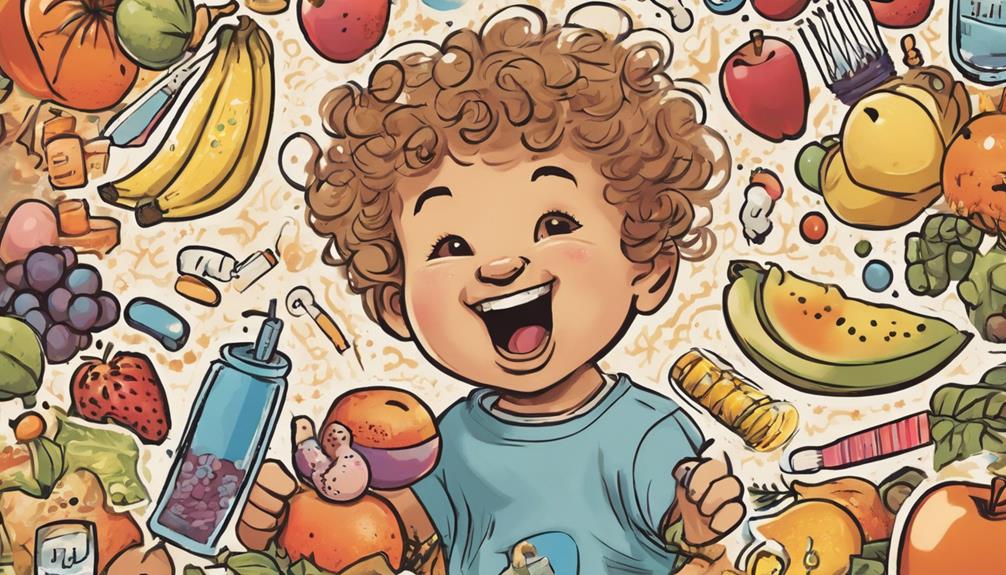
Several factors can influence when your child's baby teeth fall out, impacting their dental development and overall oral health. Typically, baby teeth remain until they're pushed out by permanent teeth, which generally begins around age 6. However, issues like tooth decay or accidents can lead to early loss of baby teeth, potentially causing misalignment of the emerging permanent teeth. It’s important to monitor your child’s baby teeth shedding timeline and consult with a pediatric dentist if you have any concerns about the timing or order of their tooth loss. Additionally, promoting good oral hygiene habits and regular dental check-ups can help prevent issues that may lead to early loss of baby teeth. By staying proactive and attentive to your child’s oral health, you can help ensure their permanent teeth come in properly and maintain a healthy smile for years to come.
If your child experiences early loss, neighboring teeth might drift into the empty space, resulting in crowded teeth when permanent teeth erupt. It's important to understand that the timeline for losing baby teeth varies; some kids might lose their first tooth as early as 4 years old, while others mightn't lose any until they're 7.
To guarantee your child's oral health remains on track, regular dental check-ups are essential. These visits help monitor tooth health and address any concerns regarding premature or delayed tooth loss.
Managing Loose Teeth

As your child starts to lose baby teeth, it's important to know how to manage the process and ease any concerns they may have about loose teeth. Explain that losing teeth is a normal part of growing up and an exciting time as their permanent teeth are set to come in.
Encourage your child to keep brushing their teeth even around a loose tooth. A healthy mouth is essential during this change. If they want, they can gently wiggle the loose tooth with a clean finger, but they should avoid pulling it unless it's painful. Most baby teeth will fall out naturally, so intervention usually isn't necessary unless there are complications.
Here's a quick guide to help you manage loose teeth:
| Action | Recommendation | When to Consult a Dentist |
|---|---|---|
| Brush teeth | Continue brushing around loose tooth | If severe discomfort occurs |
| Wiggle the tooth | Gently wiggle with clean fingers | If tooth doesn't fall out after time |
| Monitor for pain | Check for discomfort | If significant pain arises |
| Ask questions | Discuss any fears or concerns | If you have questions about pediatric dentistry |
If you have any questions or concerns, remember that your dentist can help.
Dental Health Monitoring
Monitoring your child's dental health during the shift from baby teeth to adult teeth is vital for catching potential issues early. Regular dental visits are recommended starting around age 7. During these check-ups, dentists can assess the emergence of permanent teeth and evaluate their alignment. They may also perform bite checks to determine if adult teeth are coming in properly.
It's important to actively monitor your child's dental health during this change. Maintaining good oral hygiene practices helps prevent problems like crowding and misalignment. Early detection of these issues allows for timely intervention, potentially avoiding more complex treatments in the future.
Your dentist might also conduct X-rays to visualize the position of underlying permanent teeth. This proactive approach helps identify any complications before they arise.
Encouraging your child to maintain a consistent dental routine, including brushing and flossing, supports their overall dental health. By staying on top of dental health monitoring, you can guarantee your child's mouth remains healthy as they shift to adult teeth, giving them a bright and confident smile for years to come.
Common Concerns and Solutions
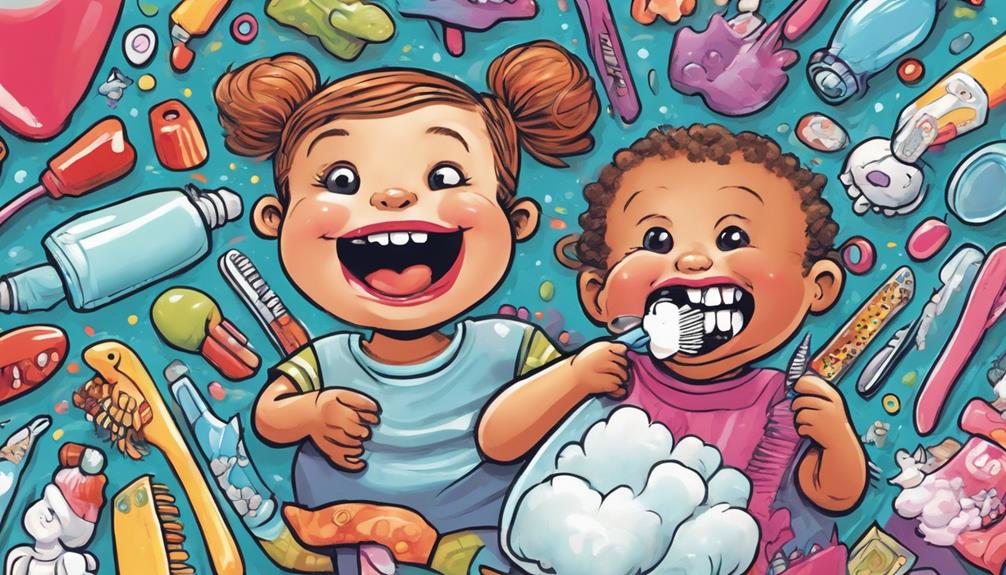
Many parents worry about their child's experience with losing baby teeth, but understanding common concerns can make the process smoother.
Typically, kids start losing their baby teeth between ages 5 to 7, with the central incisors being the first to go. When your child loses their first loose tooth, it's important to explain what's happening to ease any anxiety. Encourage them to wiggle the tooth gently with a clean finger, but remind them not to pull it unless there's serious pain.
Some parents may notice a delayed loss of baby teeth, particularly between ages 8 to 10. This can lead to concerns about alignment or the timing of permanent teeth coming in. In such cases, a dental check-up is significant to monitor tooth development and assess any potential issues.
Regular dental visits during this phase are essential. They allow the dentist to address questions and reassure you about your child's dental health. By staying informed and proactive, you can help alleviate your concerns, ensuring that the shift to permanent teeth is as smooth as possible for your child.
Frequently Asked Questions
Is It Normal for a 5 Year Old to Lose Teeth?
Yes, it's normal for your 5-year-old to lose teeth. This process usually starts around ages 5 to 7, signaling that their adult teeth are on the way, which is a positive sign of growth.
How Early Do Baby Teeth Fall Out?
Baby teeth usually start falling out around age 6, but some kids lose their first tooth as early as 4. Each child's timeline varies, so don't worry if yours is a bit different!
When Do Baby Teeth Fall Out Chart?
You can check a baby teeth loss chart for specific timelines. Typically, children lose their first teeth between ages 5 to 7, with all 20 baby teeth usually gone by age 12 or 13.
What Is the Schedule for Losing Baby Teeth?
You'll notice a general schedule for losing baby teeth, starting with lower central incisors around ages 5 to 7. The process continues with lateral incisors, canines, and molars until about age 12 or 13.
What Are the Signs That Baby Teeth Are Ready to Fall Out?
As a parent, it’s important to know the baby teeth falling out schedule. Signs that indicate your child’s baby teeth are ready to fall out include looseness, wiggling, and discomfort when chewing. Pay attention to these signs to ensure a smooth and healthy transition to their permanent teeth.
Conclusion
In the journey of childhood, losing baby teeth is like shedding leaves in autumn—each one makes way for something stronger and brighter.
As your child navigates this exciting milestone, remember to embrace the changes and encourage good dental habits.
Keep an eye on those wiggly teeth, and don't hesitate to consult a dentist if concerns arise.
With your guidance, this natural process can be a delightful adventure, paving the way for a healthy smile to blossom.
